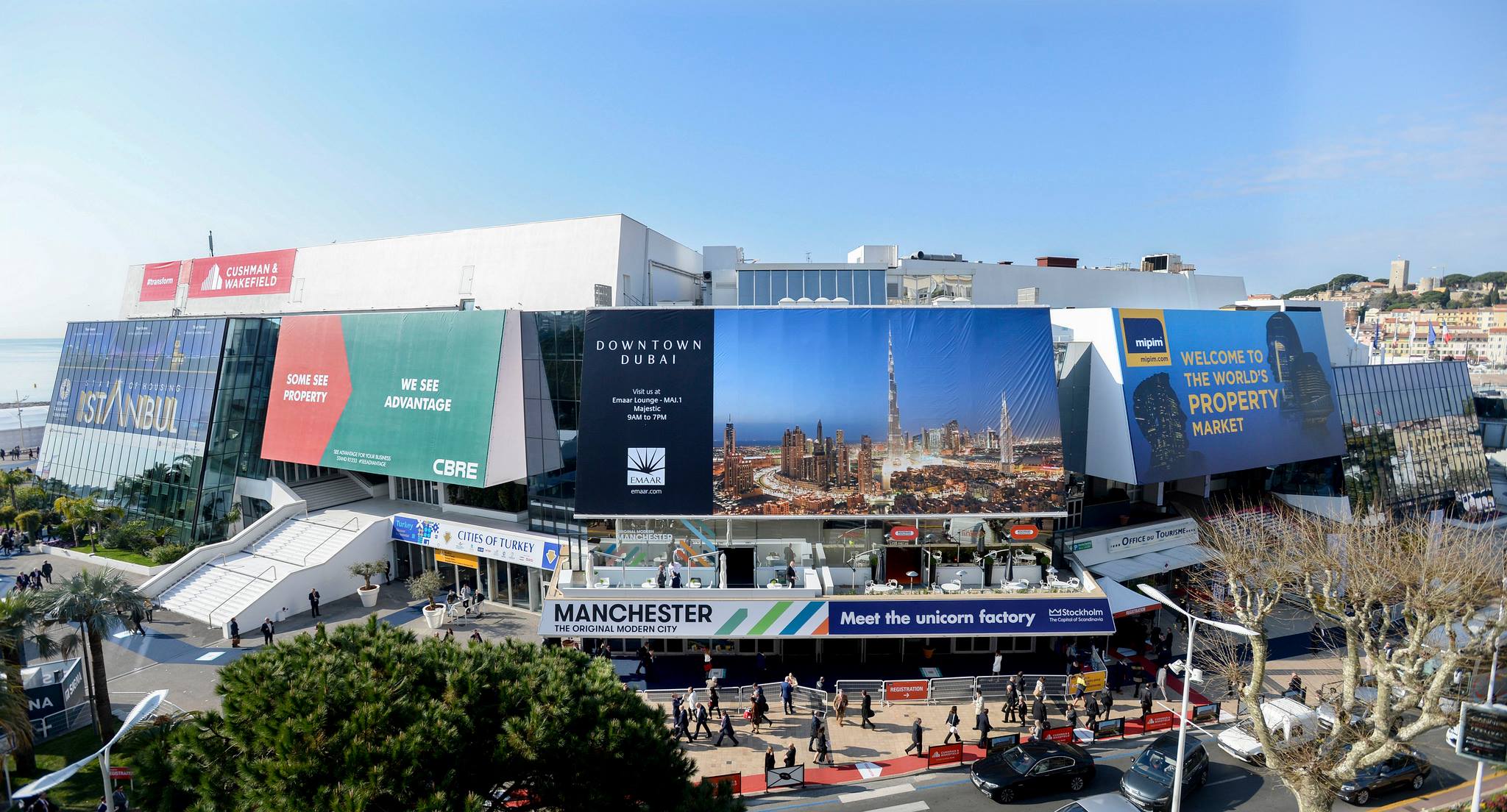MIPIM 2016 Round-Up, Part III: Markets and Technology
The 27th annual international real estate show focused on the latest global CRE trends and emerging technologies.
By Scott Baltic, Contributing Editor
New York—Given the nature of MIPIM 2016, it’s no surprise that the conference was awash in the latest information about global CRE markets and trends. Commercial Property Executive presents just a sampling.
The inaugural European Property Market Brief from Gerald Eve, the London-based real estate advisory business, indicated a broad range of forecasts for various European cities, based on data from 23 cities in 11 nations. The report shows “a widely diverse market in which established UK, Irish and Spanish cities, in particular, are set to outperform counterparts in countries including Belgium, Germany and the Netherlands.”
Barcelona is singled out as having “particularly strong prospects, with rents in the office, industrial and retail markets currently rising and forecast to continue.” Other cities about which Gerald Eve is bullish are Dublin, London, Manchester and Birmingham.
The other side of the coin, according to the report, is “a subdued mood in Eastern Europe,” where cities such as Warsaw, Poznan and Istanbul face the possibility of falling rents across sectors.
“Offices especially have good prospects across the continent, with a focus on the traditional business cities of Germany, France, the Benelux countries, the UK and Ireland as well as recovering Spanish markets,” Sally Bruer, a partner at Gerald Eve, said in a prepared statement.
A report from Colliers International found that Poland had a record high transaction volume of €4.1 billion, up from €3.18 billion in 2014, and that these transactions accounted for 45 percent of the value of closed deals in the Central/Eastern European region, including Russia.
The Warsaw office market, too, had a record year in 2015, for both transaction volume (836,500 square meters, or 9 million square feet) and net absorption (283,000 square meters, or 3.05 million square feet), according to a report from Cushman & Wakefield. The largest lease transaction was Samsung’s prelease of 21,100 square meters (227,000 square feet) in Warsaw Spire Tower. It’s a tenant’s market, with average rents for prime office space in central Warsaw having fallen by about €1 to €24 per square meter in 2015.
Research by CBRE identified emerging logistics hotspots in the Americas (Philadelphia; Seattle; South Florida; Santiago, Chile; and Bajio, Mexico), EMEA (Manchester/Liverpool; Leeds/Sheffield; Amsterdam; Tilburg/Eindhoven/Venlo, the Netherlands; Madrid; Barcelona; Munich; Berlin; the Ruhr region, Germany; and Istanbul) and Asia-Pacific (Beijing, Suzhou, Hangzhou and Nanjing in China and Busan, South Korea).
Also on the logistics front, a panel discussion on e-commerce elicited some pointed comments from Dmitry Kostygin, chairman of Ulmart, the “Amazon of Russia.” Kostygin said Ulmart had looked at some of the 1 million square meters of vacant logistics space in and around Moscow and found it by and large to be too inefficient and also too expensive to rehab.
Olga Arkhangelskaya, a partner at Ernst & Young Russia, agreed: “We see strong demand for distribution space, but the current infrastructure is not suitable to meet those requirements. The market needs development of new logistics buildings.” Ulmart reportedly will go the BTS route to meet its needs.
TECHNOLOGY
CBRE debuted an interactive service that lets prospective tenants (virtually) tour properties online. Richard Smart, CBRE senior director for Central London and City office leasing, described the service, which uses layered HD images, as like “Google Street View for the interior of a building.” The technology was originally developed by Virtual Walkthrough, which has since partnered with CBRE.
Speaking of high-tech vantage points, French drone maker Parrot SA showcased its Bebop and eXom drones. The former uses software that lets a user upload the drone’s images to a smartphone, whence they can be shared and uploaded to create a 3D map.
Another French company, Devisubox, offers services through which an autonomous, solar-powered HD (24 MP) camera can be set up near a construction site and take five images a day, uploaded to the client’s online platform, or 500 images a day over a complete build, which are then assembled into a three-minute video.
Elevator company Schindler displayed its myPORT, a “transit management system” for elevators, which reportedly can recognize a user when they enter a building, call an elevator for them, tell them which elevator to enter, take them to the proper floor and even let them into their office or apartment. The goal is to allow seamless movement within a building without a need for multiple badges and keys.
For more of Commercial Property Executive’s coverage of MIPIM 2016, see Part I and Part II of the series.
Image courtesy of the MIPIM official Facebook page








You must be logged in to post a comment.